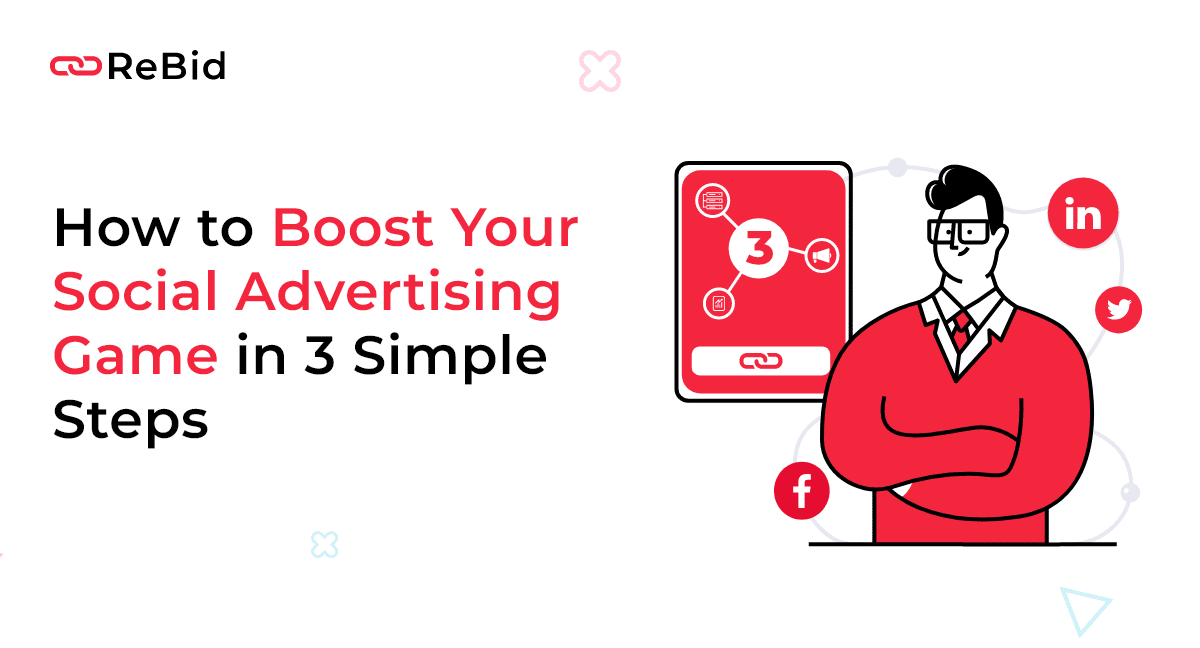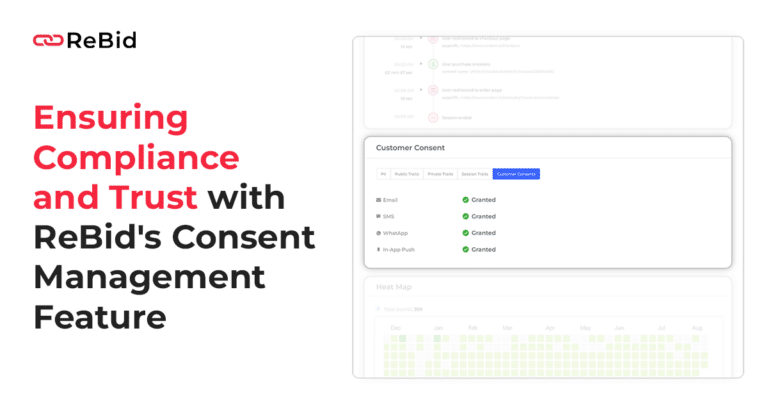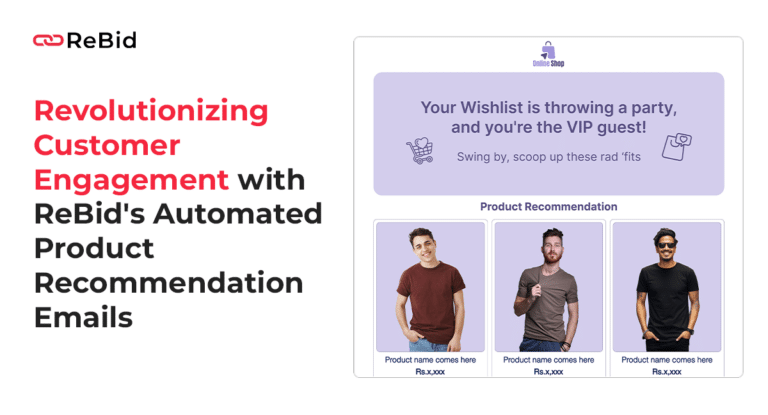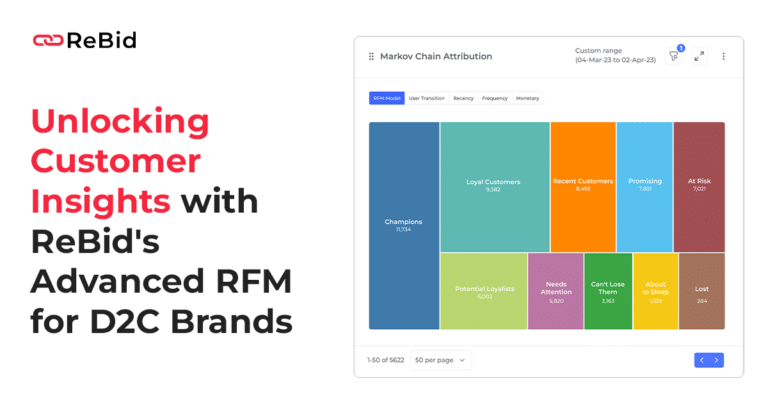Successful social advertising for enterprise businesses has become more than just a cog in the wheel that is marketing and digital media buying. Everyone wants to unearth that perfect “secret sauce” to achieve high-quality leads, build stronger brand awareness, and rake in high returns. And why not, since close to 50% of all internet users above 16 are on the internet to search for brands?
But here’s a little secret – there is no “secret sauce” to build the best social advertising game in the business. Instead, creating a social presence that resonates with your audience takes consistency and continuous evolution.
We are here to help you close the informational gaps in your journey of taking your social advertising game to the next level. Three simple steps and a world of benefits await.
How to level up your social advertising in three straightforward steps
Step 1: Nail automation and use it correctly
Marketing automation has allowed marketers to renew their commitment to creative strategy. Automation takes care of the boring, repetitive parts that don’t require human intelligence and creativity, allowing marketers more bandwidth to focus on creatives and long-term strategies.
Using automation tools, you can generate, track, launch, schedule, and streamline your social ads. There is no dearth of automation tech stacks and marketing automation platforms. You need to pick one that aligns with your needs and is compatible with all your platforms. Embracing efficient automation is a great way to level up social advertising for enterprise businesses.
Some brands have also experimented with outsourcing the creative process of ad making to automation tools, but this is still in its infancy.
Successful campaigns
Netflix is an excellent example of a brand that seamlessly automates the social advertising process. If you notice the homepage, that in itself is a targeted advertisement. It differs for every user with unique recommendations. This is because they use automation software that scans a user’s past content and specific interest areas to curate a watch list for each user.
Expert Musings
We spoke to brand founders and marketers on marketing automation best practices.
Animesh Das, Growth Manager at FirstPrinciples, observes: “The modern customer values authenticity, so automated targeting can sometimes miss the mark on forging one-on-one H2H (human-to-human) connection. However, your ad creation and targeting automation strategy should not be at the cost of brand authenticity.“
James Taylor, the founder of Digital Tool Report, talks about the concept of “being too automated.” Brands not familiar with streamlining their tech stack may recycle content using AI. This will lead to generic and drab messaging. He notes, “when competitors in the same space generate the same keywords and focus on the same trends using the same automation tools, it leads to regurgitated content.”
What do you need when you do marketing automation, then? Automation for speed and human intelligence for creativity and nuance. Just like everywhere else, your AI and human intelligence need to work in tandem to produce the best results for your social advertising game.
Step 2: Embrace omnichannel advertising
There are two general mistakes that brands make. They either stick to only one platform without exploring the potential of other social channels. Or, they spread themselves too thin across multiple channels. Casting a wide net and hoping to catch a fish? That’s human psychology 101, but it doesn’t work, least of all in social advertising. Sticking to one channel means leaving money on the table, and spreading yourself too thin on all channels can result in inconsistent messaging.
No matter where you stand within the above spectrum, omnichannel marketing (or at least cross-channel marketing) is something to consider. This strategy needs to be backed with data-driven insights.
Within social media, TikTok has shown the most growth in social advertising for enterprise businesses. But would it make sense if most of your target audience resides in a country where TikTok is banned? Similarly, Facebook ads instinctively seem like a good idea. But, you may have to reconsider if your target audience consists of teenagers who no longer flock to this platform.
Tracking consumer journeys is challenging. Adequate multichannel attribution can help you trim the redundant parts of your omnichannel advertising strategy.
Successful campaigns
Target has executed one of the most unique omnichannel advertising campaigns. It partnered with Pinterest, so the Target app shows similar products anytime someone pins or clicks a photo of something through the Pinterest Lens. This helped Target deliver on the “I see it, I want to buy it” urge that its customers have, but in a manner that no brand had done before.
Expert Musings
Christiaan Huynen, the founder of Designbro, emphasizes that when you inject automation across multiple platforms, “you need to treat each platform differently and customize its strategy and content accordingly.” According to him, the time and resources that this consumes, in the beginning, are worth the trouble in ROI terms.
Step 3: Treat each platform as an independent field to conquer
Brands understand that their budgets need to expand with the growth of social advertising. Investing in a wide range of tools is not a prudent approach. Instead, focus on recruiting experts for each social media platform and have a unique strategy for each. Facebook ads differ from Instagram ads, LinkedIn ads, or other platforms. Not just the size of the creative, the differences span across the audience, creative, and attribution roadmaps – the three pegs of a sound social advertising strategy.
Omnichannel advertising requires multiple tiers of talent and expertise. These will support your social media advertising workflows. You can automate all you want, but a one-size-fits-all approach to social advertising and related talent in your team will likely translate into shoddy campaigns.
Successful campaigns
ASOS understands the power of having dedicated teams for each platform. This is evidenced by their creative use of Snapchat, Instagram, and Tiktok. The brand uses each platform with a different goal. For example, user-generated content on Instagram, styling videos on Tiktok, and fashion trends on Snapchat. Cross-posting happens only on their Facebook page.
Expert Musings
James Taylor stresses on how repurposing posts while keeping the needs of the specific platform in mind can lead to higher ROI.
“In one campaign, the difference was the addition of emojis in Twitter content and the removal of the same emojis in the repurposed LinkedIn posts, and that made all the difference.“
These nuances only come from leveraging platform-specific expertise in your social advertising team.
Want to follow in the footsteps of Netflix, Target, and ASOS with hyper-targeted and automated social ads across different channels? Take the first step with an Advertising Data Platform
Misconceptions and myths about social advertising
Before you start the next growth phase of your social advertising game, you must know that several myths exist in this space. Of course, it doesn’t help that the entry barrier for “social media experts” is so low that one scan across your LinkedIn feeds, and you will find several social advertising best practices, most of which contradict each other! But ReBid is here to help you cut through this noise.
One of the biggest myths is that AI and automation are enough to drive your social advertising.
There is an increased focus on wanting to “generate” ads for every part of your advertising funnel. AI can help with marketing and structuring your content, sure. But, according to James Taylor, you should not rely on AI alone to tell you what to write and how to write it. AI content has not reached that stage yet, and over-leveraging it in its infancy could result in shoddy execution and failing metrics.
Animesh Das talks about another factor that brands must keep in mind. They often dilute the fundamentals of a social ad with the increased use of complex tools and platforms. Marketers must prioritize the fundamentals over social advertising trends because trends come and go. But what are these fundamentals?
- Clear context and purpose that speaks to your target audience
- Concise offers and benefits
- Well-structured CTAs
You need the right tools, but you don’t need every single one of them to the point of cluttering your tech stack with no clear ROI.
Level up your social advertising goals with an Advertising Data Platform
An Advertising Data Platform, addresses all the moving pieces of your social advertising strategy and execution. Careful and relevant automation, omnichannel advertising, and dedicated integrations that work for your audience —it incorporates these across not just social, but also search, programmatic and e-commerce platforms.
An Advertising Data Platform (ADP) optimizes your campaigns based on comprehensive data and audience insights. We help you measure your campaigns continuously through our automated, customizable reports but also with the help of our AI Assitant. Feed robust audiences based on their preferences and behaviors across all your channels into your social advertising efforts for hyper-targeted ads.
An Advertising Data Platorm helps eliminate silos and helps boot ROAS with transparency in automation and optimization.




